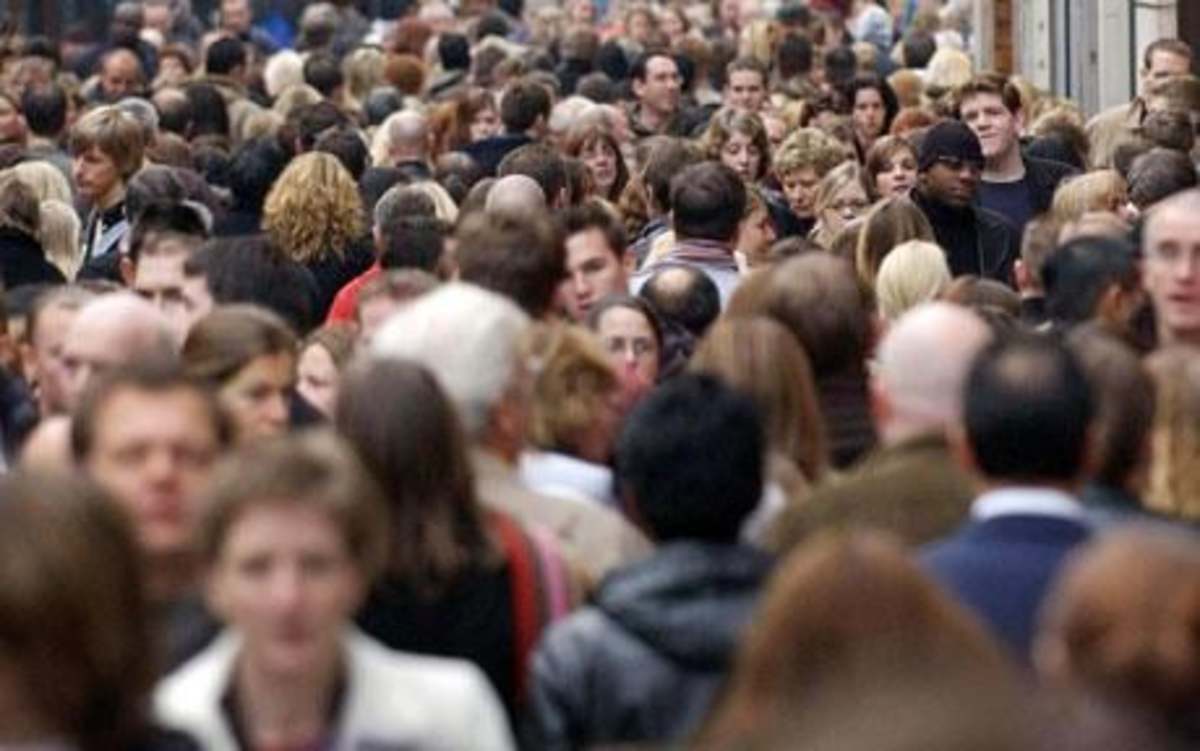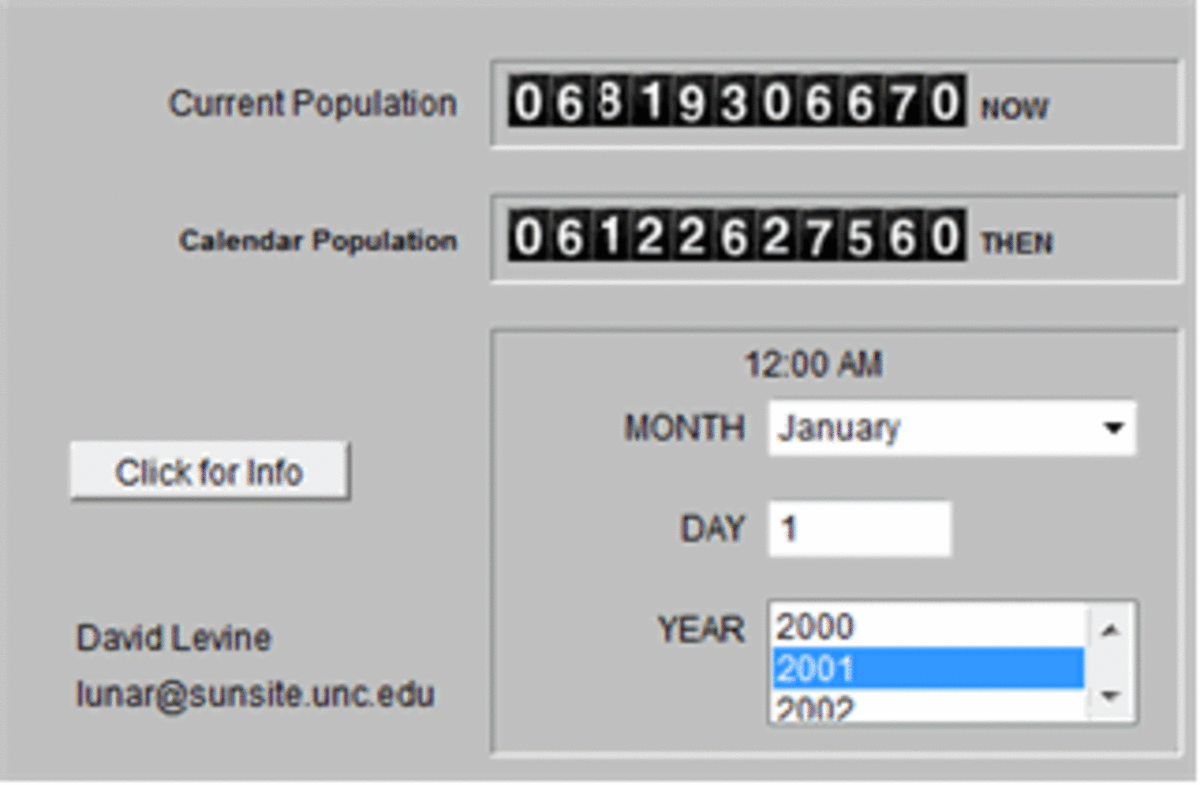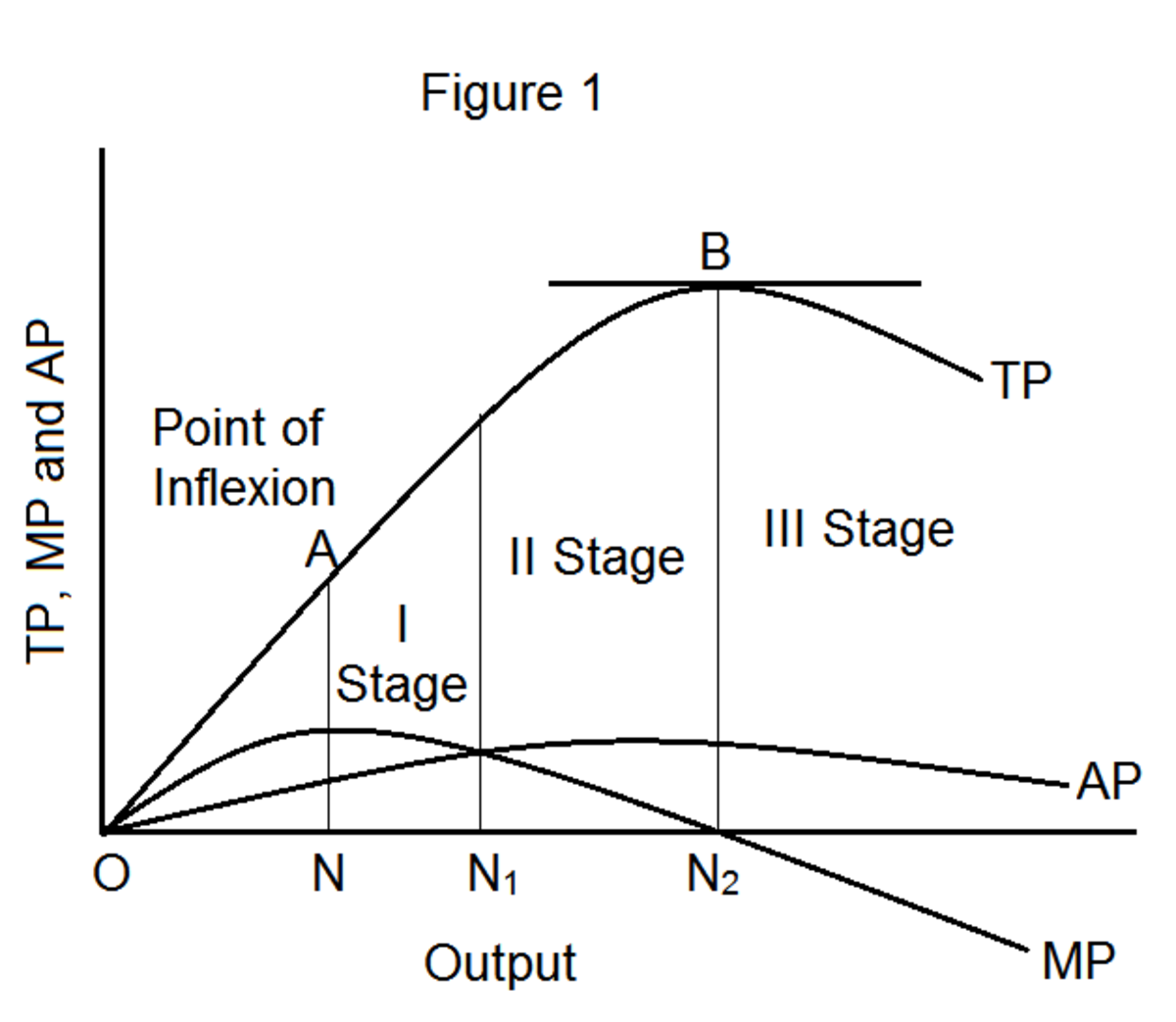The Theory of Demographic Transition

Introduction
Among all theories of population, the theory of demographic transition is the latest and the widely accepted theory. Many renowned economists acclaimed the theory of demographic transition for its realistic approach to population growth. While other theories of population are based on personal intuition, the theory of demographic transition is rather scientific in its analysis.
What does the theory of demographic transition have to say?
According to the theory of demographic transition, population growth and economic development of every society go through three distinct stages. Let us look at the three distinct stages of demographic transition.
First Stage of Demographic Transition
The first stage of demographic transition is the period of high birth rates and high death rates. Therefore, the population level is stable.
Agrarian society: In the first stage, people depend solely on agriculture for their livelihood.
Rural environment: People mostly stay in rural areas because the society does not have any industrial or infrastructural development.
Sectorial development: The economy has very few consumer goods industry. In addition, important sectors like banking, transport and trade are in the primitive stage.
Death rate: As stated above, society’s death rates are very high because of lack of proper nutrition, lack of sanitation and lack of effective medical facility.
Birth rate: Birth rates as well are very high because of illiteracy, absence of awareness about family planning, early marriages, desire for many children and so on.
Baby boom: Baby boom refers to high birth rates. The society experiences ‘baby boom’ because of the traditional belief that children are assets of the family.
Therefore, in the first stage of demographic transition, the high birth rates are equal to the high death rates. Hence, the population growth is neutralized and the economy has a stable population growth rate.
Second Stage of Demographic Transition
The second stage of demographic transition is very important for the population growth. In fact, this is the period of ‘population explosion’ because the society experiences high birth rate and a declining death rate.
Economic growth: The basic characteristic of the second stage is economic growth. All sectors such as primary, secondary and tertiary sectors have significant development.
Employment: As the direct result of economic growth, employment opportunity increases. Businesses flourish. There is a positive mindset among investors and employees.
Birth rate: The birth rate continues to be very high because of the following reasons:
- Economic growth enhances and guarantees regular income of people.
- Regular income ensures proper nutrition and sufficient foods.
- Effective medical facilities start improving as the economy goes through significant development.
- The tradition belief that children add more value to the family continues to prevail.
- Improvement in medical facilities and standard of living leads to increased life expectancy.
- Awareness about family planning is very low.
Death rate: death rate of the society starts declining because of improved medical facilities and modern life saving medicines.
Therefore, the second stage of demographic transition, because of low death rate and high birth rate, has population explosion.
Third Stage of Demographic Transition
The third stage of demographic transition primarily refers to the modern society. The third stage of demographic transition is the stage of low growth rate of population. In the third stage, birth and death rates are low. As a result, the society has low growth rate of population.
The reason for the low growth rate of population is that the characteristics of the economy and the attitude of the people have changed drastically during the second stage of transition. The reasons are:
- Continuous economic growth helps the society to cross the subsistence level of income.
- As the income level increases, the society’s standard of living also improves.
- The predominance of agriculture starts vanishing. The society has started accepting industrial development. Urbanization is on the rapid growth.
- The role of women in the society changes. Women start working as men do. Therefore, women do make significant contribution to the economy.
- Men and women prefer late marriage because both are focusing on their personal work.
- Continuous economic development ensures education for all. Hence, because of knowledge and awareness, people start denying old beliefs, customs, traditions, conventions, dogmas and so on.
- Break down of joint family system and adoption of modern contraceptive measures are other very important reasons for low birth rate.
The death rate is already at low because of modern medical facilities. Therefore, birth and death rate are at lower level and counterbalance each other. Population in these societies grows but at a slow and steady rate.
© 2012 Sundaram Ponnusamy








